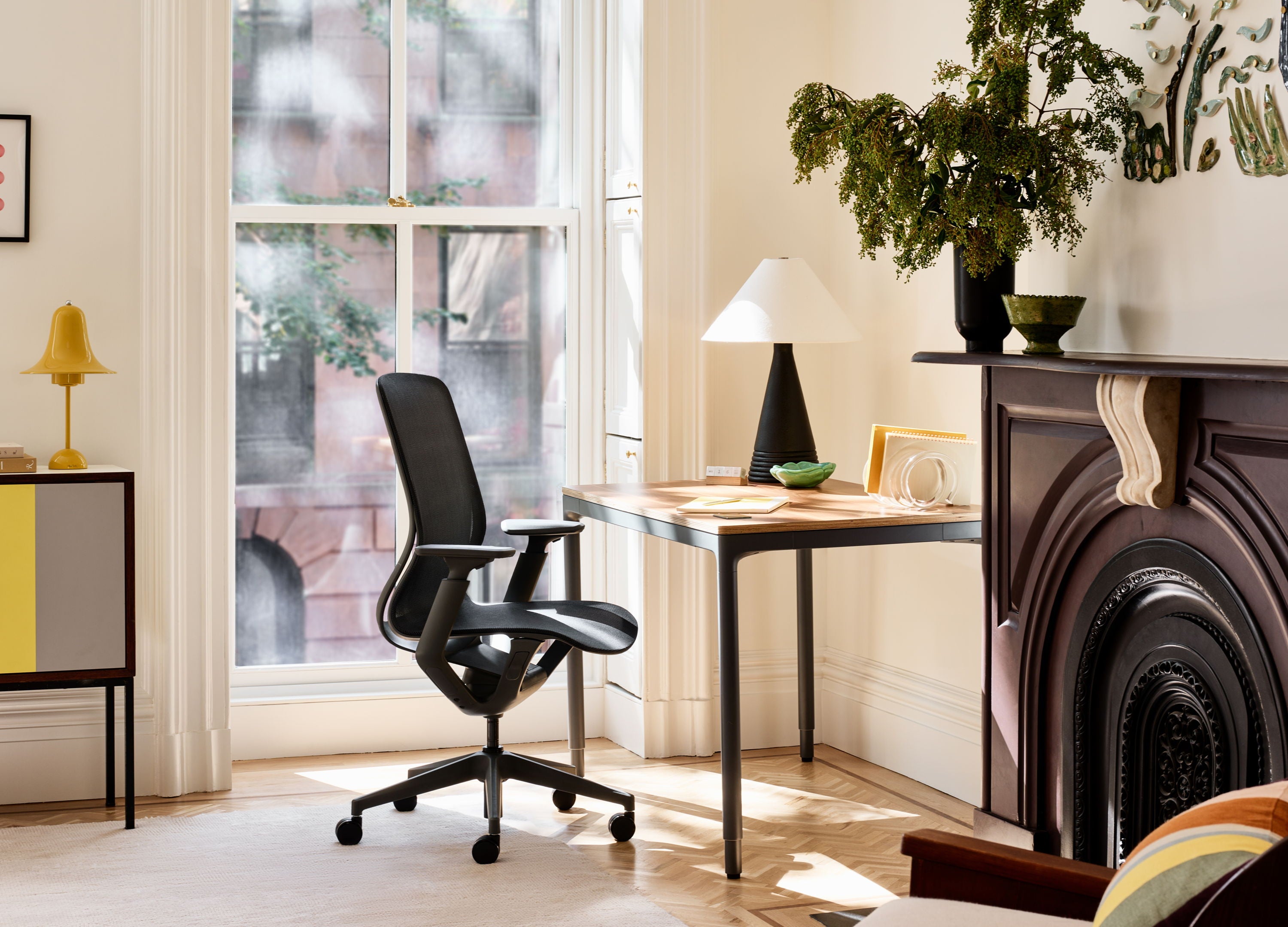The world of office furniture is rapidly evolving, with 2025 bringing exciting new trends catering to both functionality and aesthetic appeal. As the modern workplace becomes increasingly diverse and dynamic, businesses and individuals alike are seeking furniture that enhances productivity and supports health and well-being.
The rise of remote and hybrid work models has fueled this transformation, with employees spending more time at their desks than ever before. As a result, creating workspaces that prioritize comfort and flexibility is a major focus in 2025.
This article explores the top office furniture trends for the coming year, including ergonomic designs, sustainable materials, and the integration of technology. These trends are reshaping how we approach office design and making it easier to work in comfort and style.
Whether you’re outfitting an office for hybrid work or refreshing your home workspace, these trends will help you stay ahead of the curve.







